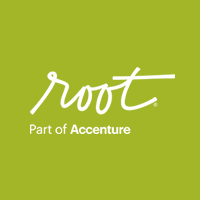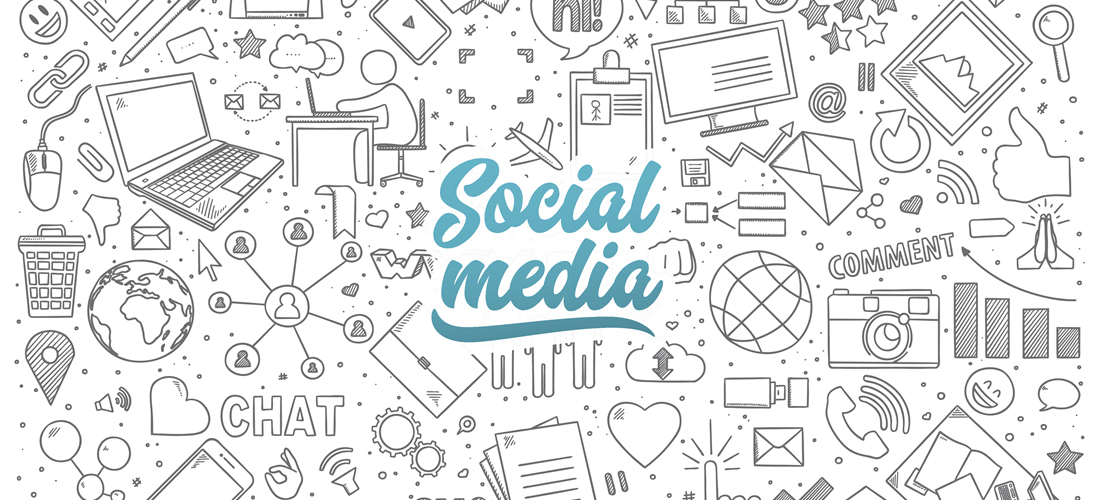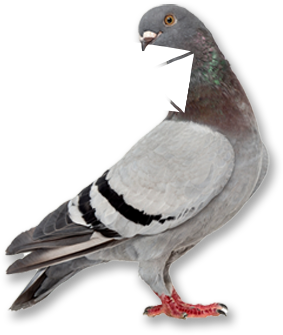This post is from outside contributors Oliver Luckett and Michael J. Casey. Learn more.
As ubiquitous as social media has become, most of us have little notion how it works. It seems utterly bewildering. We simply do not comprehend its form, function, and possibilities. How is that one witty Facebook post can rapidly attract a million views while another that seems just as funny goes nowhere? Why do some political polemics manage to generate an overwhelming wave of mass hysteria literally overnight and then disappear off people’s radar a few days later? Social media can feel like a giant ocean of unpredictable swells, tidal shifts, and hurricanes that surge out of nowhere. It is time we figure out how this mass complexity actually functions.
Nearly all of us now have a digital persona, not just celebrities and influencers but marketing managers, politicians, business leaders, writers, athletes, and high school students. That makes us integral elements of this unique human network. We must come to terms with and figure out what we want from it. If we are to learn how to democratize it, how to deliver constructive communications that build a better world, and how to live at peace with the relentless barrage of information, we must understand what makes this system tick.
Our choices in what we do, who we have sex with, and what we buy are made through these peer‑to‑peer systems. In the new economic contexts of our age—the so‑called sharing economy, for example, or the “gig economy”— where not only established businessmen but also ordinary people are constantly “selling” themselves, those who don’t adjust to this new communications architecture will be left behind. At the corporate level, too, marketing managers will waste oodles of money if they continue to rely on systems and consultants who fail to recognize the fundamentally different social dynamics of this new system and simply recast old media tactics as if they are new social media strategies. These self-described social media “gurus,” with their litany of buzzword-laden nonsense, are condemning once powerful, trusted brands to a future of relentlessly declining relevance and revenues. And finally, society as a whole will suffer if we can’t collectively figure out how to harness this new model of communications for good. We can’t simply leave it to the loudest, most non-inclusive bullies. We must start by acknowledging that this sprawling, powerful new system for spreading ideas is now the system for everything and that it is categorically different from the previous one. Once we establish that, we can start to take a closer look at how it actually works. Only then can we design strategies that turn social media into a constructive, democratic forum for proposing, debating, and delivering new policy ideas.
The ground has shifted beneath us. The future of social media should be one of humanity’s dominant concerns. In barely a decade, the form has positioned itself at the center of twenty-first-century society. In this new world, everything from interpersonal relationships to marketing to corporate and political structures is being upended. How do we exist within this new reality? We struggle to keep up, at best. We’re at once obsessed and horrified by this new phenomenon. We try to describe it in reductionist ways, but end up with a host of competing metaphors: social media as a marketing tool, as a forum for jokester Millennials to pit their wit against each other, as a way to maintain human bonds with distant friends and family, or as a giant, noisy town square full of half- crazed people yelling libelous abuse at each other. But none of them come close to capturing it in its complex entirety. So we just stay confused.
We need to operate confidently within social media, not simply hang on to the edges while it hurtles forward. But to do that, we must first understand it. We need a guide, one with a frame of reference that ties this seemingly unfamiliar, uncharted new concept to a field of inquiry that’s far more deeply established and recognized. Biology, the study of life itself, is that reference.
My theory provides a chart of existence showing how biology, technology, and culture are, quite literally, evolving together. That process has now reached a convergence point, and social media—a technological platform that facilitates organic connections through which human beings share art, words, and ideas—is its manifest expression. With this biology-framed perspective, we can also recognize that the structure and internal workings of this new system are defined by the laws of the natural world, by the biological and ecological roots from which we all come. Stated more simply, social media functions on every level like a living organism.
You want to understand social media? Or, more precisely, how human society functions in the digital age?
You need to review the essence of life itself.
About the Authors









